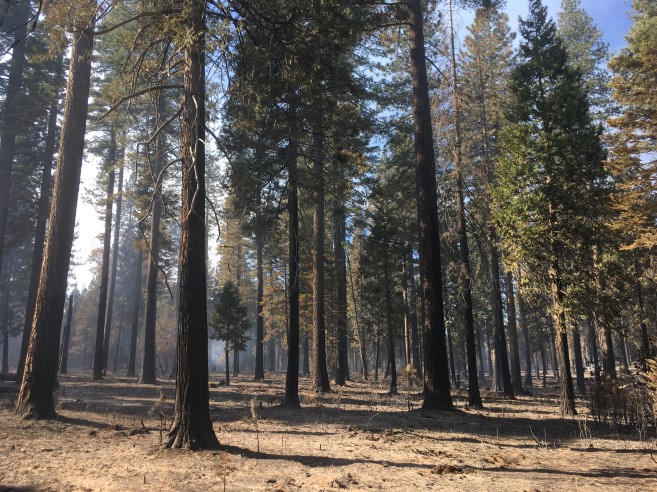
Fire and fire surrogates
The Fire and Fire Surrogates project at Blodgett Experimental Forest is one of the longest running prescribed fire experiments in the western US. I had the great opportunity while doing my master’s thesis to work with a new round of Fire-Fire Surrogate (FFS) study data. We looked at the effects of fuel treatments - prescribed fire, mechanical thinning and mastication, and a combination fire+mechanical treatment - on carbon stocks and wildfire hazard.

Estimating wildfire emissions
The California Air Resources Board makes annual estimates of greenhouse gas emissions from wildfires. The Emissions Estimation System used by CARB uses statewide maps of fuel conditions across California from LANDFIRE and data on wildfire occurence to estimate the emissions caused by wildfires each year. Working with CARB researchers, I developed a system for generating annual updates to the LANDFIRE fuels maps. These annual updates incorporate feedbacks between disturbances (such as wildfire) and fuel conditions, improving the accuracy of CARB’s wildfire emissions estimates.
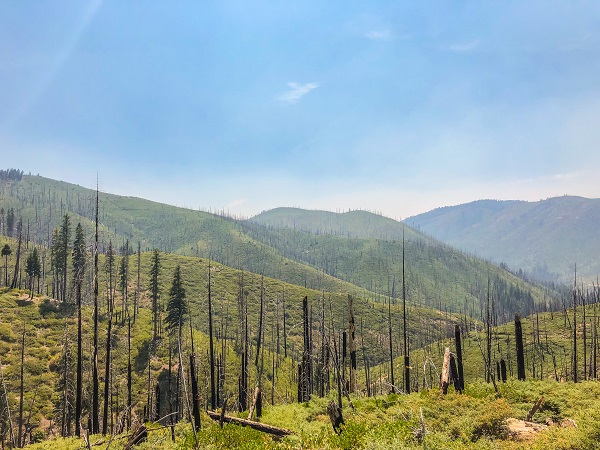
Moonlight fire reforestation
How should we restore forests following severe wildfire? That was the question motivating a research partnership between the Stephens Lab, the Plumas National Forest, and the USFS Pacific Southwest Research Station. The Moonlight fire of 2008 was an early example of the sort of large and high-severity wildfires we’re seeing across Californian forests. In some areas, there were no surviving trees to produce the next generation of seedlings, potentially resulting in the permenant loss of forest across much of the landscape.
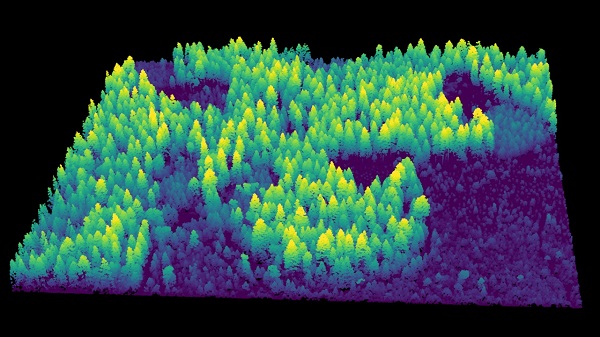
Reburns and resilience
When the Chips Fire burned across the Plumas and Lassen National Forests in 2012, it burned over a landscape which had previously burned in the 2000 Storrie Fire. Researchers at the US Forest Service saw an opportunity, and followed up on a 2009 aerial LiDAR (light detection and ranging) survey with additional LiDAR scans in 2013 and 2015. Researchers at UC Berkeley, Florida Atlantic University, and the USFS teamed up to study the conditions under which forests resist, recover, or are transformed by fire.
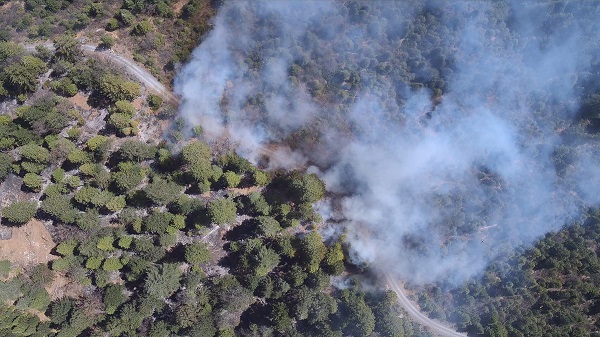
Prescribed fire emissions
Like wildfires, prescribed burns create smoke. In a project at UC Berkeley’s Blodgett Experimental Forest, we’re teaming up with atmospheric scientists to study how much smoke prescribed fires produce and how the chemical composition of that smoke depends on forest structure. We’re combining some cutting-edge drone-based atmospheric samples with the novel fuels sampling protocol I’ve developed for the Pyregence project. As of February 2022, the prescribed burns have been successfully completed and the atmospheric scientists at the heart of this project have already started releasing preliminary findings:
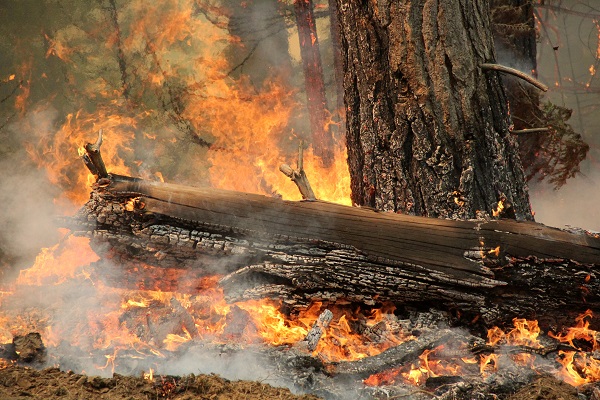
Pyregence
As a member of the Pyregence Consortium, I am designing novel methods of sampling wildland fuels. The methods we are piloting today will provide data to drive the next generation of fire models, improving our ability to understand and predict how fires will spread. Pyregence-related work makes up the first two chapters of my dissertation. Photo credit: USFS Region 5
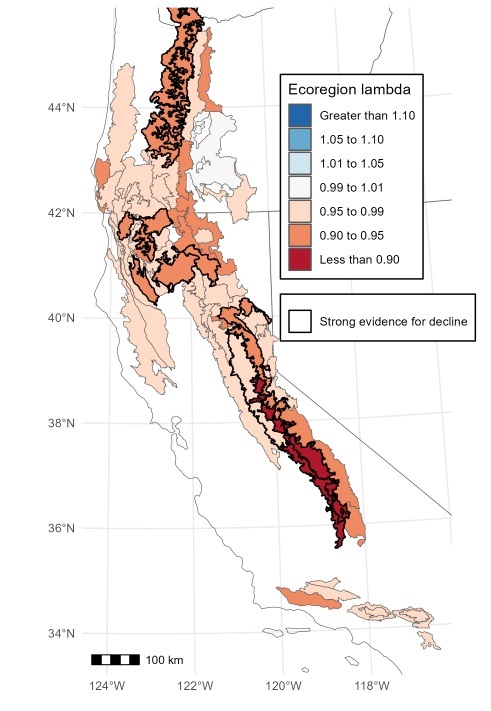
Sugar pine demography
Sugar pine, the Queen of the Sierras, is the largest-growing pine species in the world. However, they face enormous challenges in the Anthropocene. Sugar pines are threatened by an overabundance of high severity fire, an invasive fungal pathogen, a dearth of “good fire”, and a changing climate. Managers and researchers working in Sequoia & Kings Canyon National Parks saw local sugar pine populations imploding under these pressures. To help them understand where and how to invest resources to protect this important species, I performed a range-wide demographic analysis evaluating the importance of these stressors and the outlook for sugar pines across their range.

Rfuels
While working on my master’s thesis, I needed to estimate fuel loads (biomass per unit area of duff, litter, sticks, and logs) from Brown’s Transects data (depth of litter and duff, tallies of sticks and logs). This is a common step in analyzing fuels data, and the Stephens Lab had an established method for doing so based on existing research. However, the implementation of the estimation method was built around a complicated Excel workbook.